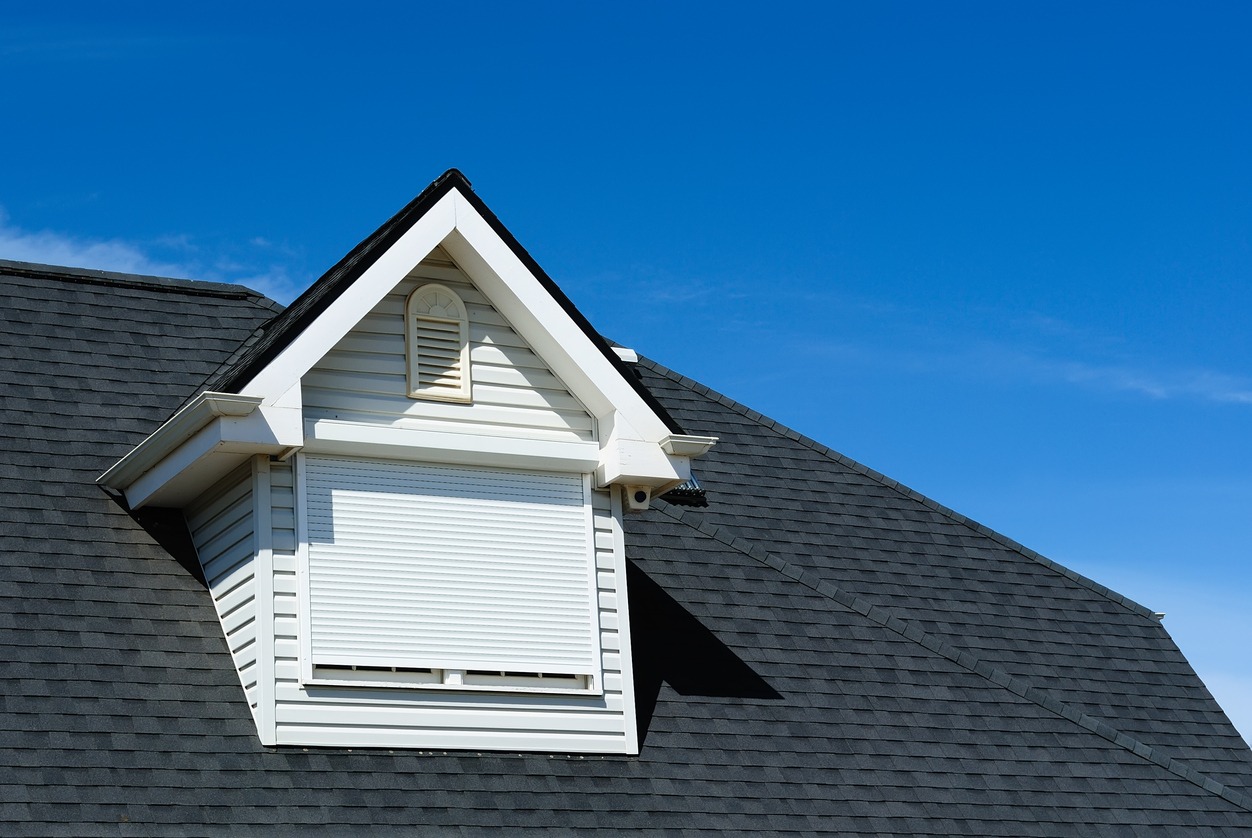Your roof serves as the guardian of your home, shielding you from the elements and providing protection for everything you hold dear. However, like any part of your home, roofs wear down over time and may require replacement. Recognizing the signs that indicate a roof replacement is necessary is crucial to avoid further damage and costly repairs down the road. In this engaging and informative blog, we will delve into the top 5 signs that indicate it’s time for a roof replacement. By understanding these indicators, you will be empowered to take proactive measures and ensure the longevity, safety, and beauty of your home for years to come.
Age of the Roof
One of the primary factors to consider when evaluating the need for a roof replacement is its age. Most roofs have a lifespan of around 20 to 25 years, depending on the material. If your roof is approaching or surpassing this age range, it’s a clear indication that a replacement is imminent. As roofs age, they become more susceptible to leaks, shingle deterioration, and structural issues. Even if your roof appears to be in decent condition, its age alone is reason enough to consider a replacement. Investing in a new roof not only ensures your home’s protection but also adds value and curb appeal, making it a worthwhile investment in the long run.
Extensive Damage or Leaks
Visible signs of damage, such as missing or curling shingles, sagging areas, or leaks, are strong indicators that a roof replacement is necessary. When the damage becomes widespread or significant, patching up individual areas may not be sufficient. A complete roof replacement will provide a new, uniform surface and prevent further water damage or structural issues. Leaks, in particular, are a clear sign that the integrity of your roof has been compromised, and immediate action is needed. If you notice water stains on your ceilings or walls, it’s essential to address the issue promptly to prevent further damage to your home’s interior.
Granule Loss and Shingle Decay
Asphalt shingles, the most common roofing material for residential properties, are designed with protective granules. Over time, these granules may begin to wear off, causing bald spots on the shingles. If you notice excessive granule loss or shingle decay, it’s a sign that your roof is nearing the end of its lifespan. The granules’ protective layer helps shield the shingles from the sun’s harmful UV rays and provides resistance against the elements. When this layer wears off, the shingles become more susceptible to damage and decay. A roof replacement will not only enhance the appearance of your home but also restore the shingles’ protective capabilities, ensuring your roof’s longevity and durability.
Mould, Moss, and Algae Growth
The growth of mould, moss, or algae on your roof is more than just an aesthetic concern. It is often an indication of underlying moisture issues or compromised shingles. These organisms thrive in damp environments and can trap moisture, accelerating roof decay and leading to further damage. If you notice an abundance of mould, moss, or algae growth on your roof, it’s advisable to consult a roofing professional to determine whether a replacement is necessary. Addressing the root cause of the development and installing a new roof will not only eliminate the unsightly appearance but also prevent potential structural issues and ensure a healthy living environment for you and your family.
Energy Inefficiency
If you’ve noticed a significant increase in your energy bills or difficulty maintaining a comfortable temperature inside your home, your roof may be contributing to energy inefficiency. Damaged or inadequate insulation, ventilation problems, or an aging roof can result in heat or cool air escaping, leading to higher energy consumption and an uncomfortable indoor environment. Poor insulation and ventilation can make your heating and cooling systems work harder to maintain desired temperatures, leading to increased energy costs.
When assessing energy inefficiency, consider if your home experiences uneven heating or cooling, drafts, or if your HVAC system runs constantly. These issues may indicate that your roof no longer provides adequate insulation or ventilation. A roof replacement with proper insulation materials and improved ventilation can help regulate indoor temperatures, reduce energy waste, and ultimately lower your utility bills.
Conclusion
Recognizing the signs that indicate the need for a roof replacement is vital for maintaining your home’s integrity, safety, and efficiency. Whether it’s the age of your roof, extensive damage or leaks, granule loss and shingle decay, mould, moss, and algae growth, or energy inefficiency, addressing these issues promptly can prevent further damage and costly repairs down the line. By taking a proactive approach to roof replacement, you can ensure a durable, reliable, and visually appealing roof that protects your home and loved ones for years to come. So, pay attention to the signs. Act upon them and secure the future of your home by investing in a roof replacement that provides the utmost protection and peace of mind. Your home deserves the best, and a new roof will provide just that—a sturdy and beautiful shelter that withstands the test of time!

